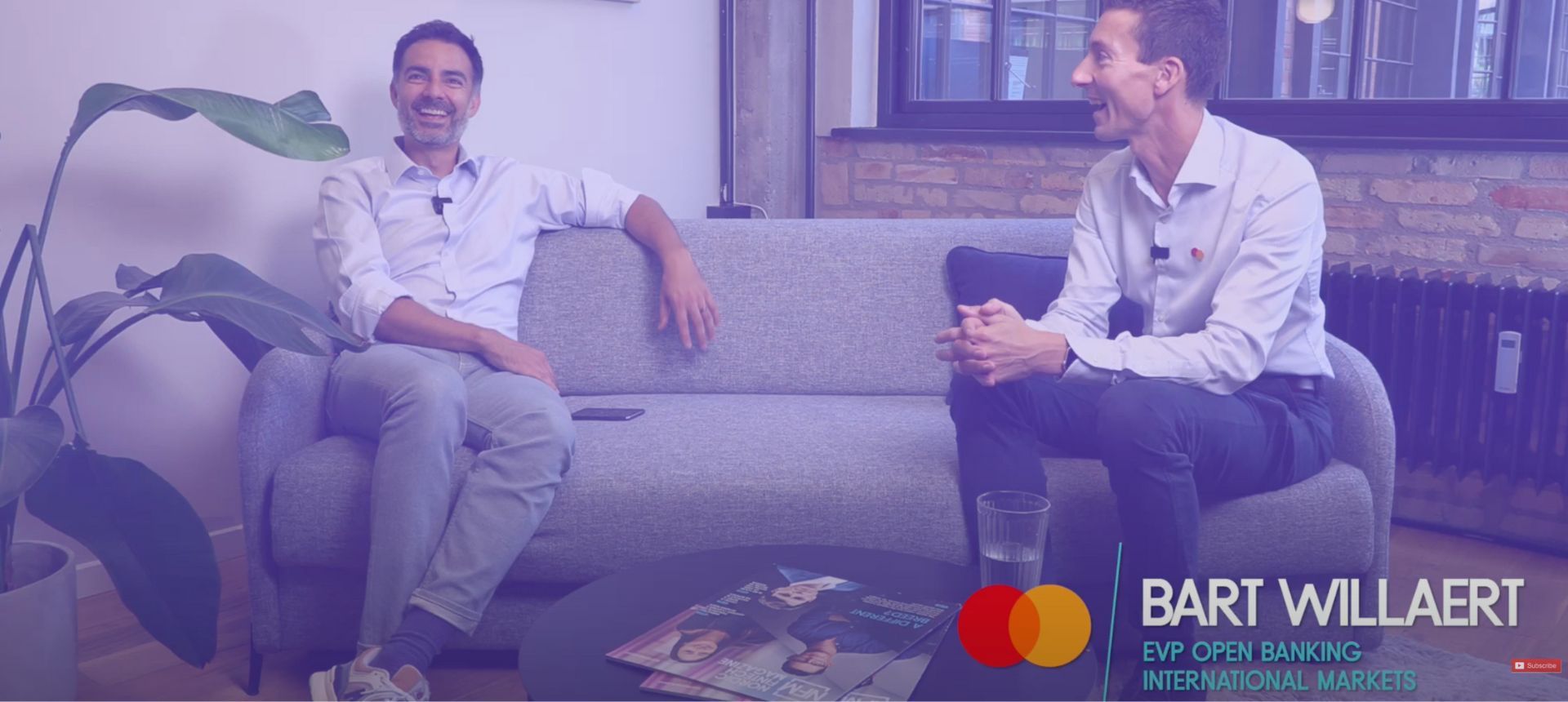
What is open banking?
June 07, 2022 | Rune Kallehauge
The global banking industry is undergoing transformational change and open banking is playing a major role in that revolution.
Nordic countries, in particular, are at the forefront of the transition. Governments in the region have led efforts to digitise their societies — and financial institutions, businesses, and consumers alike have all embraced a technology-first approach.
So what is open banking and how can making use of new financial technologies benefit your business?
Open banking: definition and meaning
There are many different aspects to open banking and you’re likely to find differing definitions depending on market and geography.
In its simplest form, open banking empowers consumers to access, use and benefit from their financial data.
Open banking changes the way that businesses and individuals interact with financial services — when banking is ‘open’, consumers, first and foremost, give their explicit consent for their banking data to be shared with third-party service providers.
Once a consumer allows access to their data, the third party can access that data and the consumer can benefit from the third party’s services. Some examples of third party services could be cash management tools (such as Spiir), budgeting applications, lenders, and digital payment apps.

These regulated providers can access, aggregate, and analyse the data to provide innovative new banking products. They can also handle secure payments by connecting directly to the customer’s bank from web services or investment platforms and invoice payments.
Where is open banking available?
Open banking is increasingly popular around the world — and for good reason!
It enables financial institutions, start-ups and payment service providers to create new services, offering fast and secure transactions, and provides customers with better experiences as well as new choices to use their data to get access to new and convenient ways of managing their money.
The EU’s second Payment Services Directive (PSD2), implemented in 2018, aims to facilitate the integration of the European payments market while increasing efficiency and opening up access for new payment service providers to increase competition. The directive requires banks to provide access to their open banking application programming interfaces (API) to authorized third parties.
More so than ever, consumers have become the gatekeepers to their own data. This empowers them with control over who has access to their financial data and what aspects of their financial data they want to share, as well as awareness of what the data is being shared for.
Through expanded control and increased access to their personal financial data, consumers will have more financial opportunity and possibilities not previously had or seen. Simply put, consumers increase their financial literacy. Which in turn will hopefully lead to better financial decision making and wellbeing.




